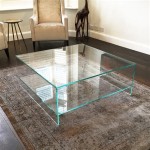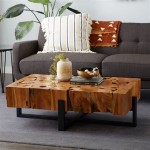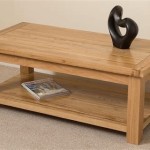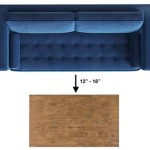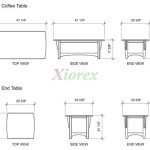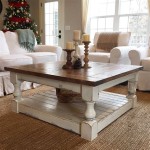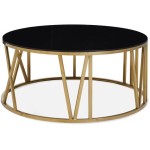Copenhagen Coffee Table: A Timeless Piece of Danish Design
With its clean lines, minimalist design, and functional form, the Copenhagen Coffee Table is a classic piece of Danish furniture that has stood the test of time, becoming a beloved addition to modern living spaces worldwide. In this article, we will explore the history, design, and enduring appeal of the Copenhagen Coffee Table, providing insights into its significance in the world of design. ### History and Origins The Copenhagen Coffee Table was designed in 1960 by Danish architect and designer Ole Wanscher, known for his contributions to the Scandinavian Modern movement. Wanscher sought to create a simple, functional, and elegant coffee table that would complement the sleek and understated aesthetic of Danish modernism. The table's design was inspired by traditional Japanese furniture, with its low profile and emphasis on clean lines and natural materials. ### Design and Features The Copenhagen Coffee Table is characterized by its rectangular shape, rounded corners, and solid wood construction. The table's legs are slightly tapered and angled outward, adding a touch of lightness and visual interest to the piece. The tabletop is typically made from teak or oak, showcasing the natural beauty and warmth of the wood. One of the key design features of the Copenhagen Coffee Table is its floating top, which appears to hover just above the legs. This illusion is created by a clever joinery technique that allows the tabletop to sit slightly inset from the legs, creating a sense of lightness and airiness. ### Functional Elegance The Copenhagen Coffee Table is not only aesthetically pleasing but also highly functional. Its spacious tabletop provides ample surface area for drinks, snacks, books, and magazines, making it an ideal centerpiece for living rooms or entertaining spaces. The table's low profile allows for comfortable seating arrangements, enabling people to gather around and engage in conversation or activities. ### Enduring Appeal The Copenhagen Coffee Table has enjoyed enduring popularity since its initial release, becoming a staple in both residential and commercial settings. Its timeless design, functional form, and high-quality craftsmanship make it a versatile piece that can seamlessly blend into various interior styles, from Scandinavian minimalism to mid-century modern and contemporary aesthetics. The table's popularity can also be attributed to its adaptability. It can be used as a standalone piece or paired with other elements from the Copenhagen series, such as chairs, sideboards, and dining tables, creating a cohesive and harmonious living space. ### Conclusion The Copenhagen Coffee Table by Ole Wanscher is a true design classic, embodying the principles of simplicity, functionality, and elegance that are hallmarks of Danish modernism. Its enduring appeal lies in its ability to seamlessly blend form and function, creating a piece that is both aesthetically pleasing and highly practical. Whether in a residential or commercial setting, the Copenhagen Coffee Table continues to captivate design enthusiasts and add a touch of timeless sophistication to any space.
Copenhagen Coffee Table Walnut Osp Home Furnishings Target

Caro Coffee Table

Winsome Wood Copenhagen Coffee Table 2 Drawers Espresso Finish Com

Lane Copenhagen Mid Century Walnut And Brass Drop Leaf Coffee Israel

Copenhagen Coffee Table Base The Refuge Lifestyle

Osp Home Furnishings Copenhagen 42 In Walnut Large Rectangle Mdf Coffee Table With Shelf Cph12 Wa The Depot

Copper Collection Copenhagen Coffee Table Cof 101

Copenhagen Coffee Table

Audo Copenhagen Passage Coffee Table By Menu Design Now 2modern

Winsome Wood Copenhagen Coffee Table 2 Drawers Espresso Finish Com


